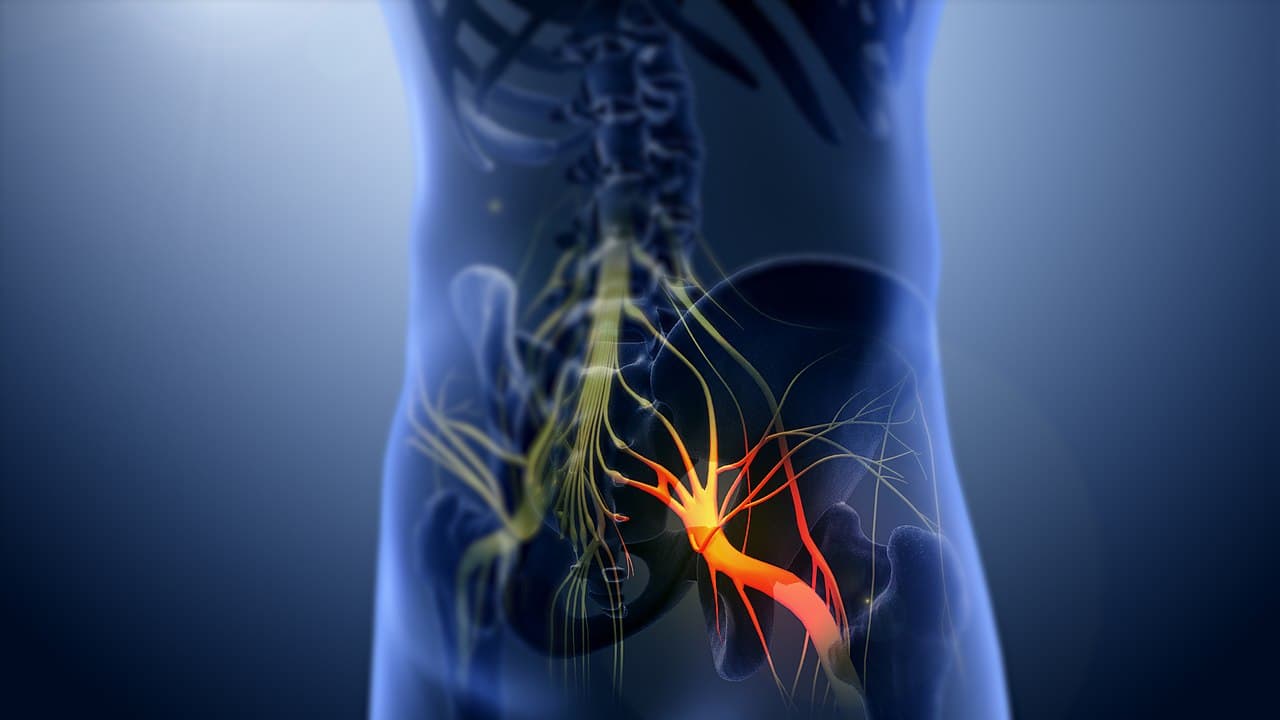
Cryotherapy: Relief for Sciatica Pain
Starting in the lower part of the back, the sciatic nerve winds downward through the buttocks and further southward into both legs. Most of the time, few people are aware of the nerve’s existence. However, when common irritants like a bone spur or a disk that has herniated become apparent, sciatic pain can be incredibly severe and can lead to other problems like inflammation and even numbness. Most of the time, only one leg is affected with symptoms, and these can include lower and upper leg pain and some numbness, with occasional cases of severe pain that impacts daily activities.
Unfortunately, many cases of sciatica linger, some for even more than a week. This can be problematic for people who find the discomfort interfering with their occupations or lifestyles. The problem is compounded by the limited choices in sciatica pain relief treatment options. Aside from surgery, if nerve compression is apparent, home care is the only option for relief that most people are aware of. Home care for sciatica includes the use of hot and cold packs, braces, topicals and medications.
Over the counter medications are often the first thing people reach for to assist in sciatica pain relief. They can be effective and are useful in reducing inflammation that can be an underlying cause of the problem as well as a solution to discomfort. Pharmaceuticals are not a viable long term solution for pain-management as they impart significant side effects. They may provide short term relief for severe pain from the sciatic nerve, but are only a very temporary solution due to their long term use risks.
Ice packs are another option for sciatic pain management. Ice packs can be an effective intervention but require a great deal of time commitment and can be uncomfortable and damaging to the skin. Ice packs require direct application to the skin. The temperature of ice hovers right around 32 degrees fahreinheit–this is actually very warm when compared to the -220F temperatures achieved in both the cryosauna and through local cryotherapy.
Braces provide a step up in terms of treatment and this is due to their injury prevention nature. When used to provide support and restrict movement to areas like the knee and ankle, braces can help reduce the risk of injury that could worsen discomfort associated with the sciatic nerve. Additionally, by preventing movements that are unnatural or damaging, braces can help reduce the risk of sudden and intense pain as a result of movements impacting the source of sciatic nerve pain. Unfortunately, braces also make movement difficult, are hard to sleep in and may restrict therapeutic movements like stretching. Since the benefits of braces are more associated with risk prevention than sciatica pain relief, their use is limited for this purpose.
Whole body cryotherapy is an excellent alternative treatment for sciatica that is non-invasive and non-pharmaceutical. Whole body cryotherapy, the brief application of cold temperature to the skin, is thought to help prompt numerous healing and beneficial processes throughout the body. The therapy is used in everything from spinal injury rehabilitation to post performance recovery in athletes. Celebrities like Tony Robbins use it regularly for energizing boosts and reducing inflammation. It’s frequently hailed as one of the only effective forms of relief for people suffering from chronic lower back pain and other recurring discomfort. In fact, cryotherapy in physiotherapy is becoming increasingly more common. Originally purposed to help provide hip pain relief and aid other discomfort from rheumatoid arthritis, the benefits of all encompassing cold therapy have now greatly expanded to include a wide range of problems and conditions.
In terms of sciatica pain relief, it’s thought that cold therapy of the whole body can work in multiple ways. The cold therapy can provide immediate relief in some thanks to reducing pain sensations in nerves, including the sciatic nerve. Additionally, inflammation reduction can help reduce discomfort and might even assist with the underlying cause of sciatica in the first place. In the long term, repeated treatments in a cryosauna may prompt repair processes within the body to help heal damaged areas impacting the nerve. It’s thought that cryotherapy impacts the nervous system, endocrine system and immune system of the body, lending to the procedure’s positive benefits. Therefore, cryotherapy may be an excellent option for sciatica pain relief, especially if symptoms persist beyond a week or don’t improve with standard treatment at home.
